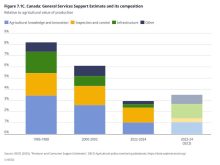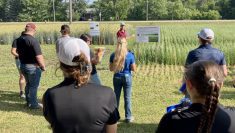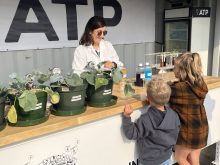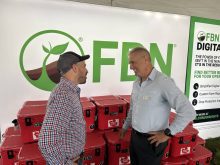Reducing nitrogen use is key to reducing greenhouse gas emissions, but there are ways to do so without slashing profits, an Agriculture and Agri-Food Canada researcher says.
Mohammad Khakbazan is an agricultural economist based at the Brandon Research and Development Centre. He spoke during a Jan. 17 panel discussion at Manitoba Ag Days in Brandon.
Khakbazan said he knows there were barriers to reducing nitrogen application, including time pressure, payoffs of overapplication and difficulty knowing optimal rate at time of application.
Read Also
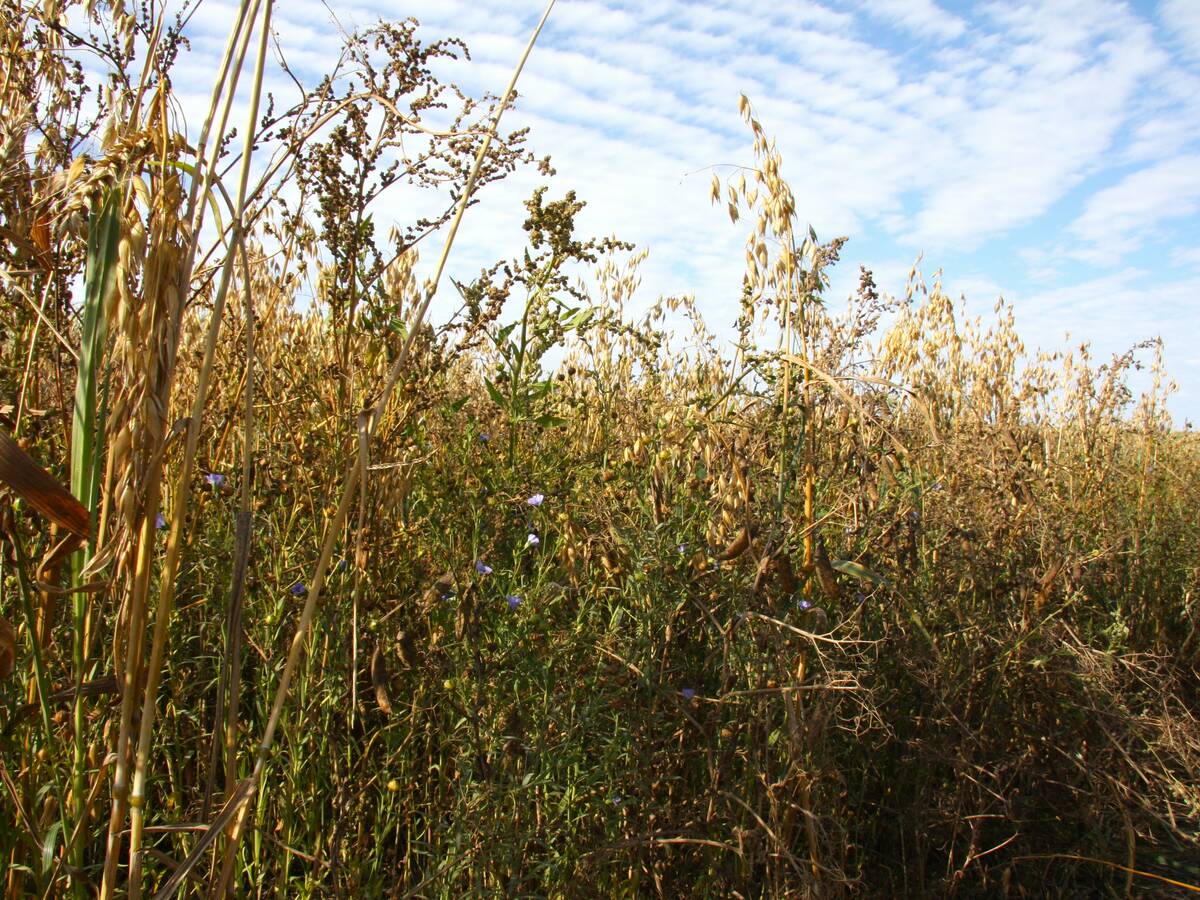
PepsiCo nearly doubles regenerative scope
Another 240,000 farm acres managed through regenerative agriculture will be supported by PepsiCo across Manitoba and Saskatchewan by the end of 2025.
However, he said two methods show promise for reducing nitrogen application while doing little to farmers’ bottom line.
The big question: Can crop emissions be reduced without hitting productivity or profitability?
Diverse Rotations
A diverse rotation that includes legumes can produce a similar return to farmers while using less nitrogen, preliminary results of a multi-site Prairie study indicate.
The four-year AAFC project examined the economics of several types of crop rotations at seven sites in Manitoba, Alberta and Saskatchewan.
Researchers grew six different rotations, tailored to conditions at each site, and used 10-year average prices to analyze the cost and revenue for each crop.
The study found that a market-driven rotation (choosing crops based on potential market return) almost always yielded the greatest economic benefit. However, at several sites, results indicated an alternating canola-wheat rotation performed similarly to a diverse rotation including peas and faba beans alongside winter wheat or malt barley.
The diverse rotation used 54 per cent less nitrogen.
[RELATED] Fertilizer efficiency may be margin-saver
This indicates that nitrogen use, and therefore nitrous oxide emissions, may be reduced while maintaining profitability through growing more legumes in rotation, Khakbazan told the Manitoba Co-operator.
Project lead Kui Liu is working to extend the study by another five years, Khakbazan said.
In the preliminary report, which Khakbazan provided to the Co-operator, researchers acknowledged the long-term economic effects of the rotations needed further study.
“MERN”
Other studies show that while there is a most economic rate of nitrogen (MERN) for each crop, small deviations don’t make much difference.
MERN refers to the application rate that balances yield with the price of nitrogen to produce the optimal economic return. It will change with the crop and with the year.
For instance, a nine-year study by Bill Deen found that the MERN of corn fluctuated by plus or minus 24 lb./acre from the average.
Khakbazan told the Ag Days audience that for canola, the average MERN is 150 kg/hectare (about 134 lb./acre), with a year-to-year deviation of about 16 lb. Yield generally maxes out at 170 kg/ha or 152 lb./acre.
The data shows that with nearly average MERN, net return can rise, but not by much, Khakbazan told the Co-operator. On the flip side, a small decrease in nitrogen won’t make much difference in net return.
He suggested farmers could apply a bit less nitrogen, which would reduce emissions without significantly affecting the bottom line.
A crop’s MERN will vary by year and even field to field. Calculating it would require significant data and statistical software.
However, Khakbazan said farmers could use test strips to get a better idea of where fields lie on the nitrogen response curve.




